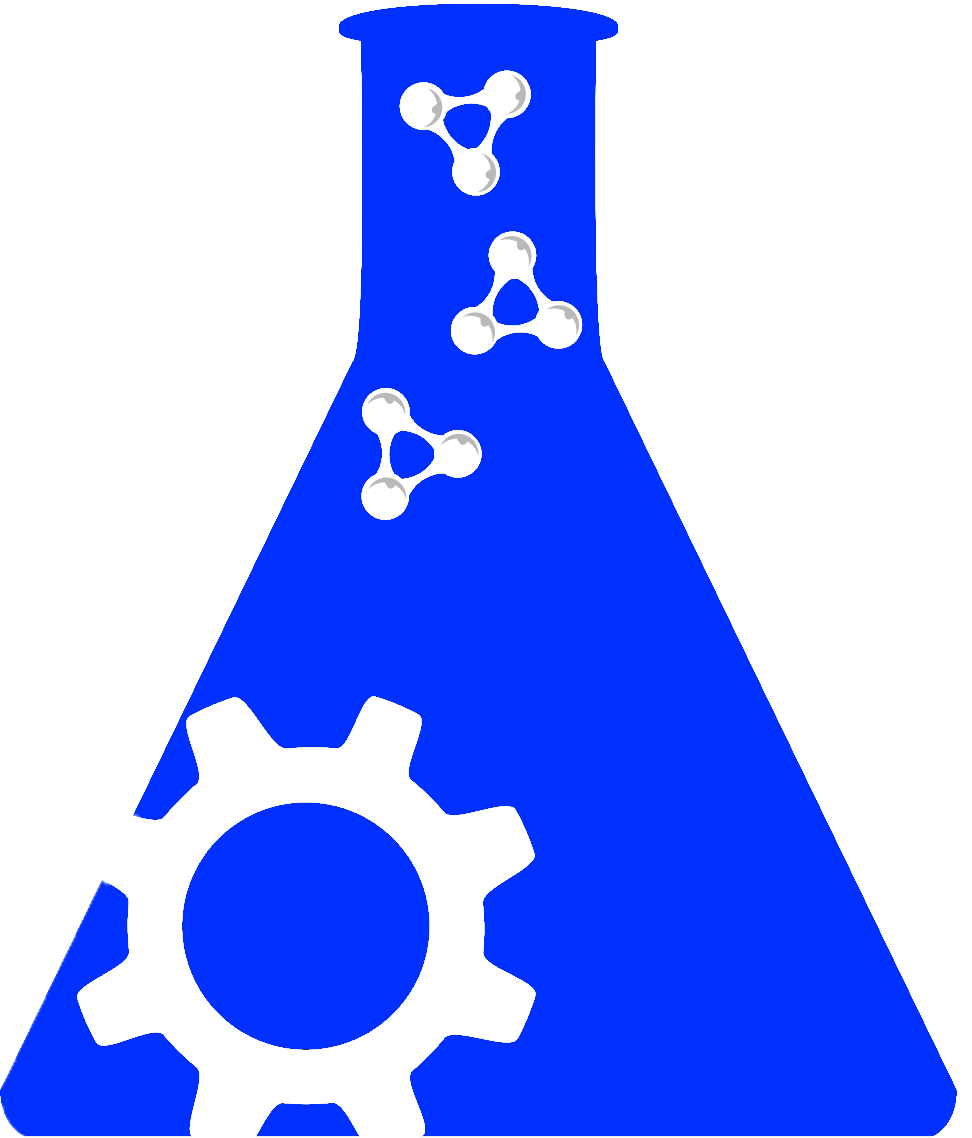Searching across hundreds of databases

The Gene Ontology (GO) Consortium (http://www.geneontology.org) (GOC) continues to develop, maintain and use a set of structured, controlled vocabularies for the annotation of genes, gene products and sequences. The GO ontologies are expanding both in content and in structure. Several new relationship types have been introduced and used, along with existing relationships, to create links between and within the GO domains. These improve the representation of biology, facilitate querying, and allow GO developers to systematically check for and correct inconsistencies within the GO. Gene product annotation using GO continues to increase both in the number of total annotations and in species coverage. GO tools, such as OBO-Edit, an ontology-editing tool, and AmiGO, the GOC ontology browser, have seen major improvements in functionality, speed and ease of use.
Pubmed ID: 19920128 RIS Download
Publication data is provided by the National Library of Medicine ® and PubMed ®. Data is retrieved from PubMed ® on a weekly schedule. For terms and conditions see the National Library of Medicine Terms and Conditions.
Web tool to search, sort, analyze, visualize and download data of interest. Along with providing details of the ontologies, gene products and annotations, features a BLAST search, Term Enrichment and GO Slimmer tools, the GO Online SQL Environment and a user help guide.Used at the Gene Ontology (GO) website to access the data provided by the GO Consortium. Developed and maintained by the GO Consortium.
View all literature mentionsComputable knowledge regarding functions of genes and gene products. GO resources include biomedical ontologies that cover molecular domains of all life forms as well as extensive compilations of gene product annotations to these ontologies that provide largely species-neutral, comprehensive statements about what gene products do. Used to standardize representation of gene and gene product attributes across species and databases.
View all literature mentionsA collaborative ontology for the definition of sequence features used in biological sequence annotation. SO was initially developed by the Gene Ontology Consortium. Contributors to SO include the GMOD community, model organism database groups such as WormBase, FlyBase, Mouse Genome Informatics group, and institutes such as the Sanger Institute and the EBI. Input to SO is welcomed from the sequence annotation community. The OBO revision is available here: http://sourceforge.net/p/song/svn/HEAD/tree/ SO includes different kinds of features which can be located on the sequence. Biological features are those which are defined by their disposition to be involved in a biological process. Biomaterial features are those which are intended for use in an experiment such as aptamer and PCR_product. There are also experimental features which are the result of an experiment. SO also provides a rich set of attributes to describe these features such as polycistronic and maternally imprinted. The Sequence Ontologies use the OBO flat file format specification version 1.2, developed by the Gene Ontology Consortium. The ontology is also available in OWL from Open Biomedical Ontologies. This is updated nightly and may be slightly out of sync with the current obo file. An OWL version of the ontology is also available. The resolvable URI for the current version of SO is http://purl.obolibrary.org/obo/so.owl.
View all literature mentions